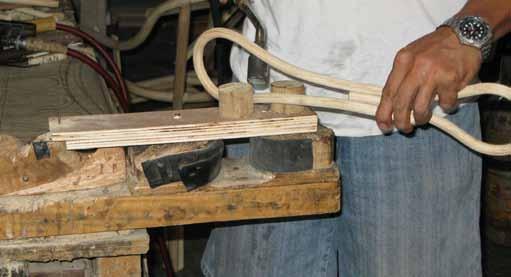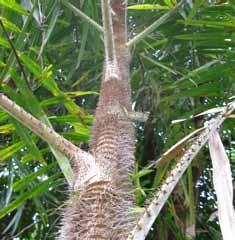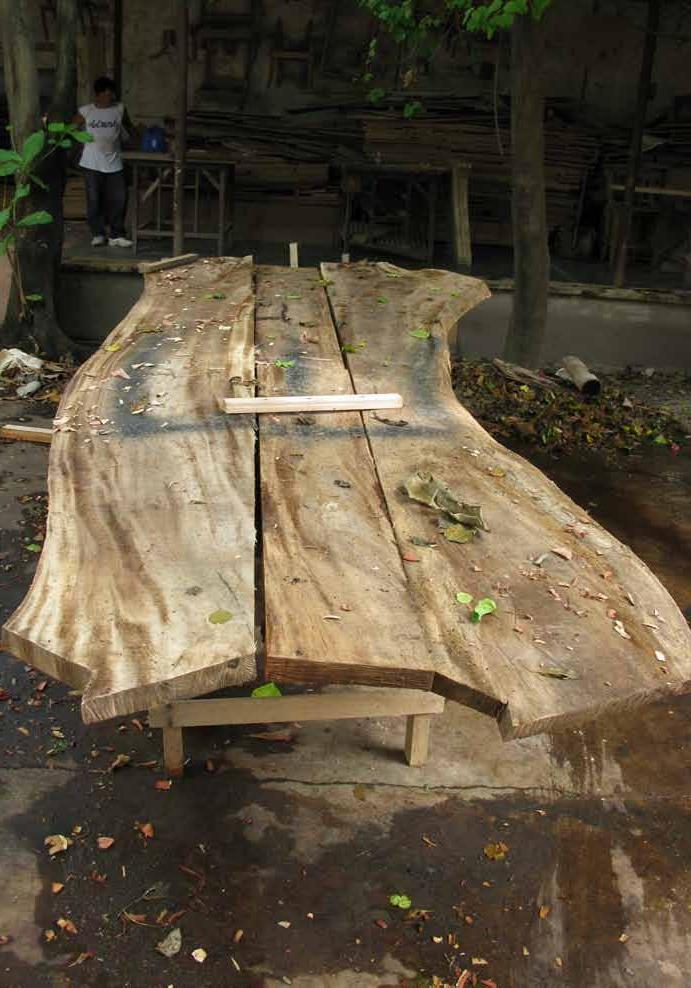volumes of wood to produce larger quantities for a highly competitive market. They require a reliable, stable and cheap supply of raw material in order to be able to meet market prices. Typically, they secure the raw material supply from their own plantations and the factories are built near the timber sources. Region 8 has no industrial wood processor. Most wood industries are located in Mindanao. Supplying these companies from Leyte Island might not be economically feasible. Only one case was reported where Falcata wood from Leyte was sold to a Mindanao-based processor. However, industrial processors are still a potential market for wood from Leyte if transport cost can be lowered. That would be possible if Leyte producers could ensure a steady supply of volumes that would allow using hired cargo vessels for shipment. The needed consolidation of supplies could be done through cooperatives, associations or federations or simply by private entrepreneurs. Such market could be of great importance for Leyte wood producers since some wood industries can accept young wood and/or wood of low quality.
 
Furniture Making
Furniture making is the only secondary processed wood products industry in Leyte, one that has already long existed in the Island. Wood is not the only raw material used by the industry as there are furniture makers who are into the use of other forest-based materials such as rattan, bamboo, vines, abaca in combination with non-indigenous materials such as plastics, fabric, iron, etc. Furniture making is considered as a sunset industry in Leyte, which can be attributed to a number of reasons: a) influx of cheaper and sometimes, better quality China-made furniture; b) restrictions in supply/scarcity of good quality wood; c) unfavorable procurement policies by government which is the largest customer of furniture makers in the Island, and d) relative ease of procuring finished furniture compared to manufacturing. Apparently, no furniture maker in Leyte has the capacity to produce export high-end furniture, such as those found in Cebu and Pampanga. According to the Pearl2 project, the steps and processes involved in furniture making are as shown in Fig. 5. There are a variety of inputs required including wood in a variety of forms (lumber, plywood, Medium Density Fiberboard - MDF, veneer) as well as finishes (paints/varnish), carton boxes and other packaging materials. Processing goes through a series of steps, requiring Plantation Wood, Rattan and Bamboo in Leyte Island | Value Chains to benefit income generation of forest farmers
23





